Part Analysis
| General Data | |
| Manufacturer (OEM) | XHY |
| PCB Type | Double-Sided |
| Primary Side | |
| Transient Filter | 4x Y caps, 2x X caps, 2x CM chokes, 1x MOV |
| Inrush Protection | NTC Thermistor MF72 5D15 & Relay HF46F-G |
| Bridge Rectifier(s) |
2x ALB1560U (600V, 15A @ 100°C)
|
| APFC MOSFETs |
2x Infineon IPP50R140CP (650V, 24A @ 100°C, Rds(on): 109mOhm)
|
| APFC Boost Diode |
1x DS065008C
|
| Bulk Cap(s) |
1x TK (400V, 820uF, 2000h @ 105°C, LGW)
|
| Main Switchers |
4x Infineon IPP50R140CP (500V, 12.5A @ 100°C, Rds(on): 0.25Ohm)
|
| APFC Controller |
Champion CM6500UNX
|
| Resonant Controller | Champion CM6901T6 |
| Topology |
Primary side: APFC, Full-Bridge & LLC converter
Secondary side: Synchronous Rectification & DC-DC converters |
| Secondary Side | |
| +12V MOSFETs | 4x JieJie Microelectronics DS065008C (60V, 174A @ 100°C, Rds(on): 1.2mOhm) |
| 5V & 3.3V | DC-DC Converters: 6x Excelliance MOS EMB04N03H (20V, 35A @ 100°C, Rds(on): 7mOhm) PWM Controller(s): uPI-Semi uP3861P |
| Filtering Capacitors | Electrolytic: 9x Nippon Chemi-Con (4-10,000h @ 105°C, KY), 3x Nichicon (2-8,000h @ 105°C), 2x PLH, 2x TK Polymer: 22x FPCAP |
| Supervisor IC | Infino IN1S424I (OCP, OVP, UVP, SCP, PG) |
| Fan Model | DWPH EFH-12E12H (120mm, 12V, 0.5A, Hydraulic Dynamic Bearing Fan) |
| 5VSB Circuit | |
| Rectifier |
1x HM69-60R10 SBR (42V, 22A)
|
| Standby PWM Controller | Excelliance MOS EM8569C |
The OEM looks to be XHY or Fusion Power. This is a popular OEM, mainly working behind the scenes. So far, several Cooler Master units are made by this OEM, and Cougar is also working with XHY, although its mother company is another OEM, HEC. The latter couldn’t, or it was too expensive to make high-end platforms for Cougar, so XHY was selected for the task. The PCB is tiny, and I cannot say I like the look of the non-straight pair of heatsinks. Because of the limited space, there isn’t much space between parts for increased airflow, which is why large heatsinks are used. The soldering quality is good on the main PCB but not that great on the PCB hosting the AC receptacle and the first part of the transient filtering stage.
It is good to see an adequate amount of thermal paste used on the FETs, to have better contact with the heatsinks. We find a full-bridge topology and an LLC resonant converter on the primary side. On the secondary side, a synchronous rectification scheme is used for 12V, and the minor rails are generated through a pair of DC-DC converters. The quality of the bulk cap is not at the same level as the Thermaltake GF3 and Montech Titan Gold units, with similar capacity. The same goes for the cooling fan.
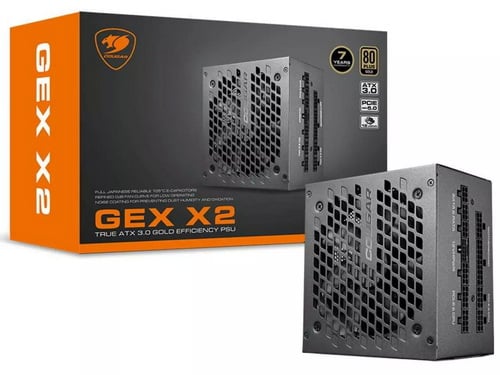
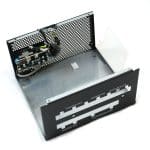
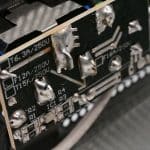
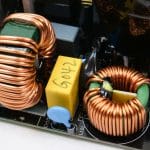
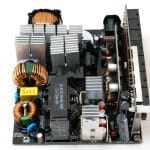
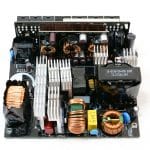
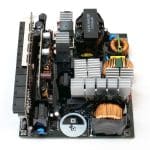
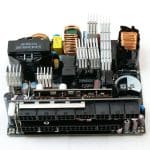
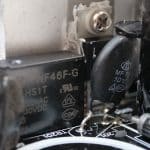
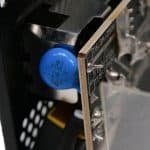
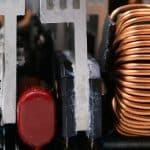
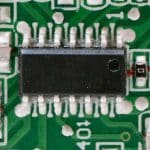
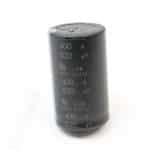




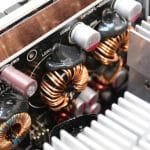


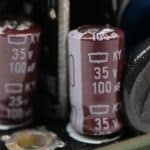
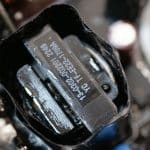
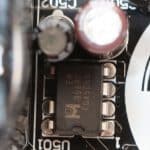
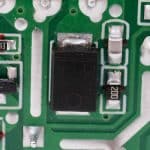
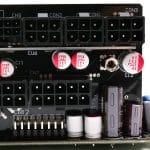
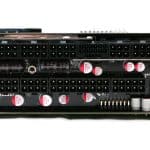
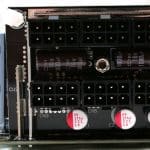
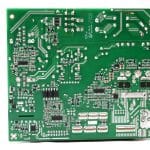
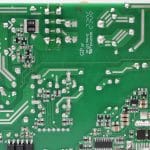
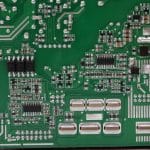
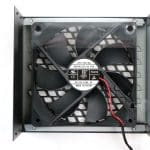


It could be, because initially all manufacturers provided 600W-set cables, till they realized that this was not inline with the ATX spec.
I’m finding more and more sources confirming that the 12VHPWR connector is actually 450W
This is a very vile deception :C
Be careful with this cable.
Ive installed it today and it sucks ass, just sitting in browser it overheats and turns fan on with like 1500rpm to my hearing every 3-5min, also ive looked more closely and this review is so off, on box it says 30% fan start, its 300w, and u show us its 500w, it just cant be true
I would return it back, RMA.
Maybe I was a little pushy or tactless. I had no bad intentions. Don’t be offended.
Hello. This is not the first time I have noticed errors in your article.
1. Page 1. First write about the depth of 140mm, then as 160mm.
2. Page 3. APFC MOSFETs and Main Switchers. The text has one name, but a hyperlink to another.
3. Page 4. Fan Speed (RPM) and PSU Noise (dB[A]) columns. Fan speed and noise do not match page 9.
I did not read the entire article, but only walked through what interests me.
We have a saying in my country, who works a lot, also makes many mistakes. That…
1) you were correct I wrote 160mm instead of 140mm. Feel free to shoot me!
2) the link is correct in APFC, not correct in main switchers. fixed
3) The page 9 IS NOT THE SAME DATA as page 4. If you had read a bit of the text or noticed the temperatures on the corresponding graphs, you would have seen that.
You understand that in a review where a full week’s work is needed and around 20K readings have to be obtained (yes thousands) there can be mistakes!
So I would appreciate a bit tact and understanding from my readers.